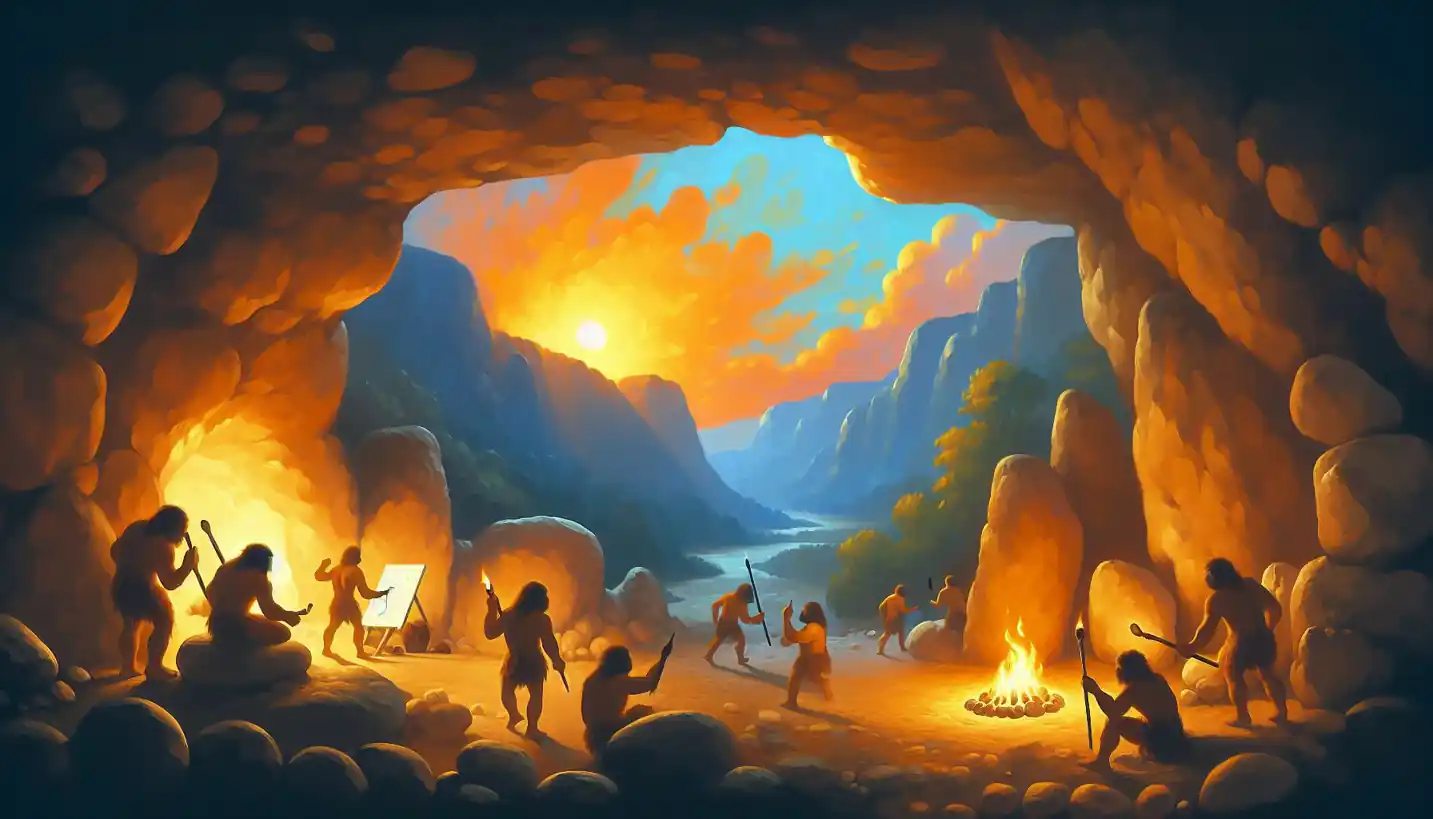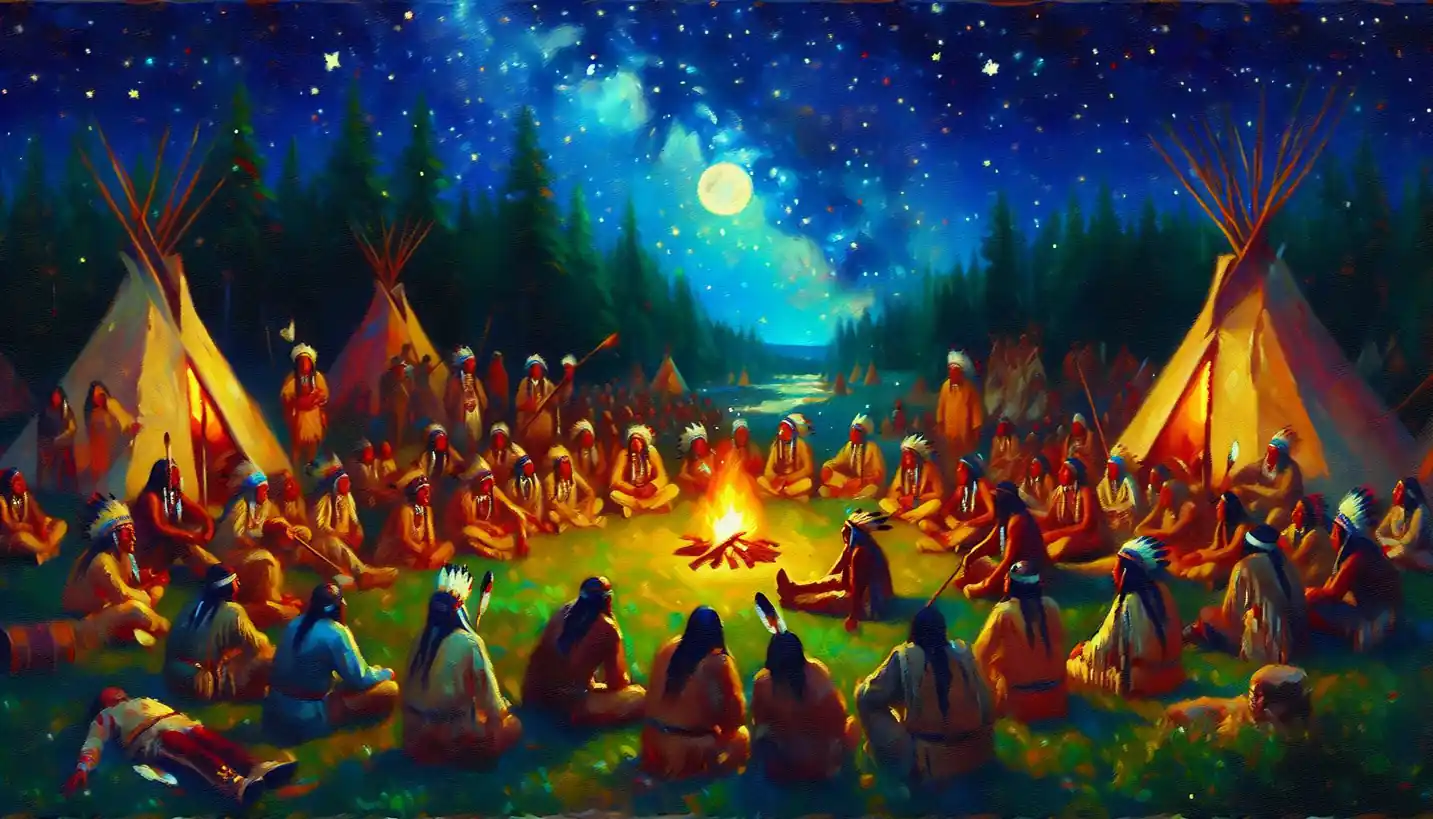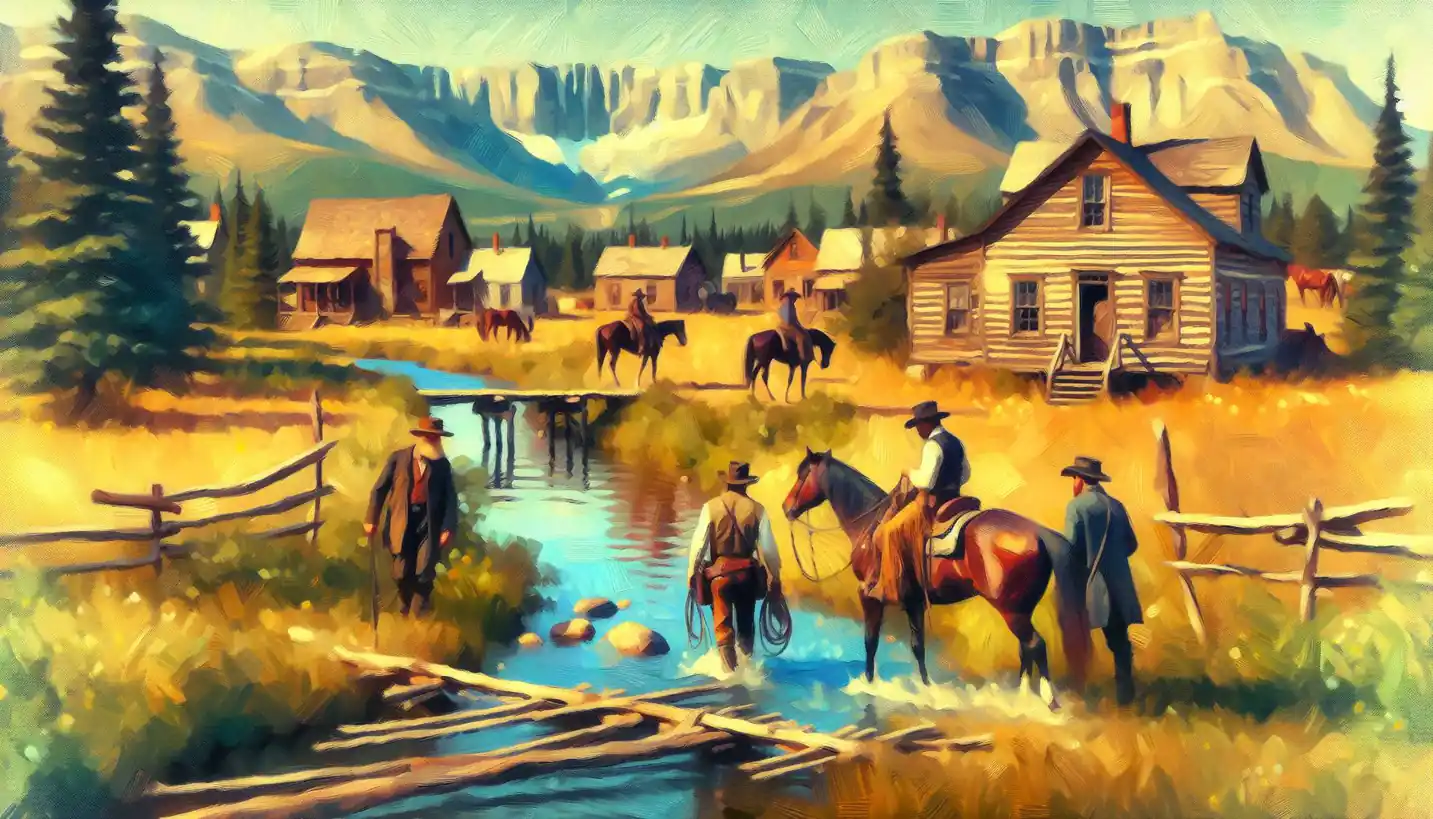· History · 4 min read
Cultural Context: The Heartbeat of Oral History and Storytelling
Cultural context is the heartbeat of storytelling. See how the fabric of society shapes oral histories.

When exploring history through words and stories, it’s vital to understand the cultural context. This idea is like the invisible thread connecting people to their past and each other. Think of it as the background music, setting the scene and giving meaningful rhythm to what might otherwise be just facts and dates. By diving into cultural context, oral historians don’t just collect tales—they unravel the nuanced lives of those who lived them.
Why Does Cultural Context Matter?
At its core, cultural context tells us about the circumstances surrounding an event or story—like customs, beliefs, values, and daily life experiences. It’s like tuning the radio to the right frequency, catching those finer details you might otherwise miss. Imagine a story about a festival without knowing why it happens or what it means to the people—it would lose its vibrancy.
When oral historians gather stories, they’re not just listening to the words but seeking to uncover the world in which those words lived. They find out what was happening around the storyteller, what societal rules played a part, and what personal experiences shaped their view.
Storytelling Through Generations
Consider how grandparents often recount tales from their childhood. These stories aren’t just about past events but also reflect the values and experiences that shaped their communities. They are a gateway into understanding how people thought, what they believed, and what kind of challenges they faced.
For example, a story about growing up during a time of scarcity would involve more than just the absence of food. It might reveal communal efforts to support one another, highlight resilience, or showcase traditional solutions. Thus, cultural context transforms a simple story into a rich tapestry of human experience.
The Role of Oral Historians
Oral historians have a fascinating job. They’re like detectives piecing together puzzles. When they document stories, their aim is not just to record words but to preserve the environment in which these stories were born. This requires empathy, awareness, and often, a deep dive into the beliefs and traditions that form the backdrop of the tale.
By connecting stories to their cultural roots, oral historians can reveal unexpected connections and shared wisdom. This not only helps preserve histories that might have been overlooked or forgotten but also builds bridges of understanding between generations and cultures.
An Example: Folk Songs as Cultural Carriers
Let’s delve into the world of folk songs. These songs are more than just melodies; they’re treasures of cultural lore. Each song carries with it the story of a community’s social values, hopes, and struggles. If we only looked at the lyrics, we might miss the significance of the beats and rhythms that reflect the cultural identity of a people.
Consider a folk song about a rural community’s harvest practices. Understanding the cultural context could reveal insights into agricultural methods, community celebrations, and spiritual beliefs linked to farming. These contextual elements make the song a multi-layered story that speaks to the essence of that community’s way of life.
Preserving Diverse Voices
The beauty of embracing cultural context in oral history is that it helps to uncover the voices of those who might otherwise remain unheard. Every culture has stories that can teach, entertain, and inspire. By valuing these tales, oral historians ensure that the diversity of human experience is appreciated and shared.
For instance, indigenous oral traditions often include creation myths, moral stories, and historical narratives. When researchers understand the cultural context of these stories, they can appreciate the moral lessons or societal norms they communicate. This offers a fresh perspective on the world and enhances appreciation for cultural diversity.
The Future of Oral History
As we look to the future, the potential for oral history to inform and connect us is immense. We live in a world rich with diverse cultures and stories waiting to be told. Embracing cultural context will remain crucial in ensuring that oral histories resonate with truth and vitality.
Technology, too, is playing a supportive role. Digital platforms and tools make documenting and sharing oral histories easier than ever. Yet, it’s essential to blend these modern tools with a respect for cultural context, ensuring that the human element and cultural richness of stories remain at the forefront.
Conclusion: Tying Threads of Humanity
In conclusion, cultural context isn’t just a backdrop—it’s the essence that breathes life into oral histories. It allows us to hear the whispers of the past and understand the world through the eyes of those who lived it. Engaging with cultural context turns simple stories into profound insights, connecting us across time and culture. As we listen and learn from these vibrant narratives, we not only preserve history but also celebrate the enduring human spirit.



